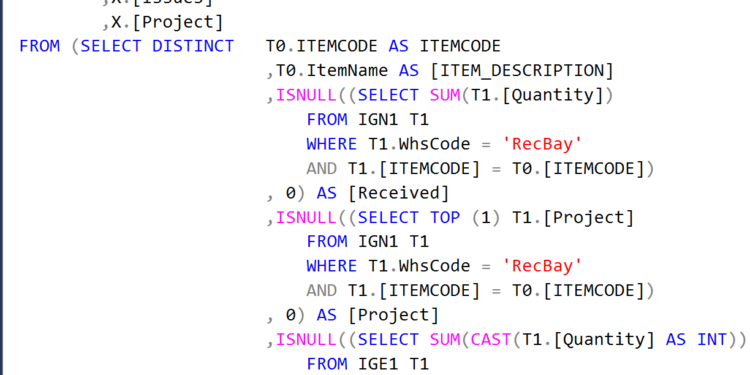Migrating SQL Code from SQL Server to PostgreSQL

Stored procedures, functions, triggers and views are extremely important database elements handling all data processing logic of the system. Microsoft SQL and PostgreSQL have similar syntax of SQL statements, yet there are some differences between the two dialects. For example, one of the hard challenges of migrating SQL between these DBMS is that MS SQL allows dynamic determination of result sets returned by stored function or procedure, while PostgreSQL does not have such capability.
This example proves that migrating stored procedures, functions, triggers and views from MS SQL or Azure SQL to PostgreSQL requires careful attention to syntax and functionality differences between the two database management systems. It is important to research best practices for translating basic syntax constructions and to fully understand the underlying problem, rather than just performing a formal conversion of tokens and their combinations. Another point of focusing attention is that local variables in PostgreSQL functions must be declared at the beginning, while SQL Server allows variables to be declared anywhere, which requires a change in habit.
Triggers present one of the most significant differences between SQL syntax in MS SQL and PostgreSQL. In SQL Server or Azure SQL, the trigger’s code is part of the CREATE TRIGGER statement. In contrast, PostgreSQL requires the code of the trigger to be composed as a standalone function, with a reference to that function from the CREATE TRIGGER statement.
To simplify the migration process, automation tools such as the SQL Server to PostgreSQL Code Converter can be used. This product, offered by Intelligent Converters software company, can partially automate the migration of database logic entries from SQL Server or Azure SQL to PostgreSQL. It can migrate stored procedures, functions, triggers, and views, convert MS SQL built-in functions into PostgreSQL equivalents, map predefined MS SQL types into PostgreSQL, and handle reserved words and identifiers intelligently. If direct connection to SQL Server or Azure SQL is not available, the source code may be extracted from both the database and T-SQL script files.
However, while the SQL Server to PostgreSQL Code Converter can automate the migration of basic syntax patterns and constructions, manual post-processing of the output code may still be necessary, particularly for large and complex source code fragments.
To ensure a smooth migration, database engineers and other responsible staff must have a deep understanding of both database systems and carefully consider their differences in syntax and functionality. Following best practices for translating stored procedures and functions is crucial for success. While automation tools like the SQL Server to PostgreSQL Code Converter can simplify the process, manual post-processing may still be necessary for complex source code fragments.
In summary, migrating stored procedures and functions from SQL Server or Azure SQL to PostgreSQL requires careful consideration of syntax and functionality differences between the two database systems. Using best practices for translation and tools like the SQL Server to PostgreSQL Code Converter can simplify the process, but manual post-processing may still be necessary for complex source code fragments. With a thorough understanding of both database systems, database engineers and other responsible staff can ensure a successful migration.






